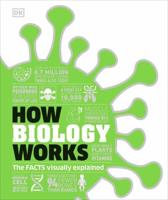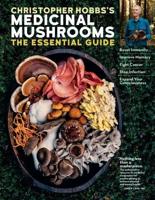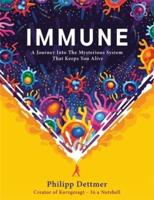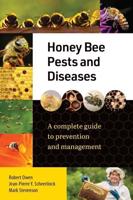Publisher's Synopsis
Chromosomes, being well-defined structures that are easily vis ible under the optical microscope, readily lend themselves to in tense physical and biochemical study. The understanding of the structure and function of this most critical genetic material has progressed through a number of interesting stages. Often connected with the development of new techniques in staining and photography, using the standard microscope and the electron microscope. It is interesting to look back at the history of cytogenetics. I would like especially to emphasize the work of Karl Sax and many of his students. Work with Tradescantia became feasible after Edgar Anderson straightened out the ecology and Sax took advantage of the small number of chromosomes easily visible under the microscope. As a matter of fact, this development is seen as the foundation for the quantitative analysis of radiation effects on chromosomes. During the 50 years since then, more refined studies have been initiated. The study of cytogenetic mechanisms has become an important tool for the recognition of the effects of environmental factors on all liv ing systems and has made SCE studies possible. One of the most important stages in chromosome research was the development, in radiation biology, of radiolabeling the chromosome with tritiated thymidine. This technique, published in 1957 by Dr.










